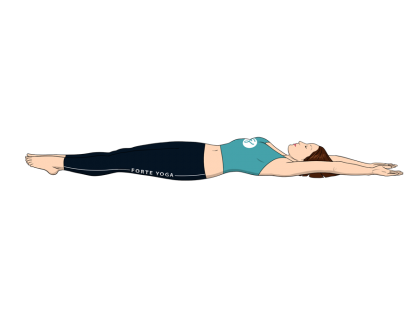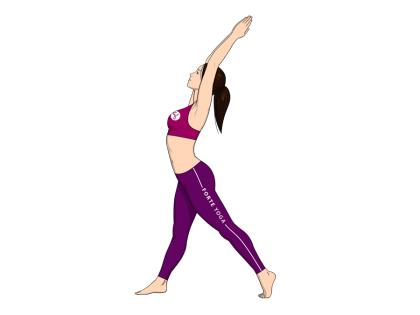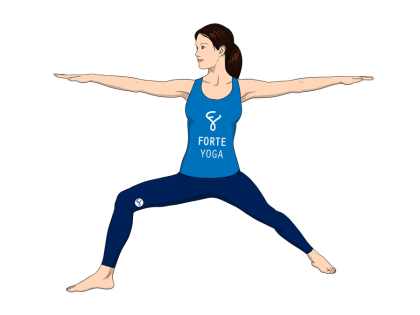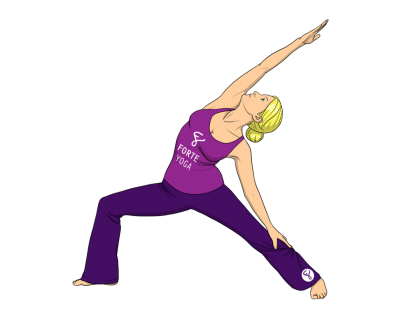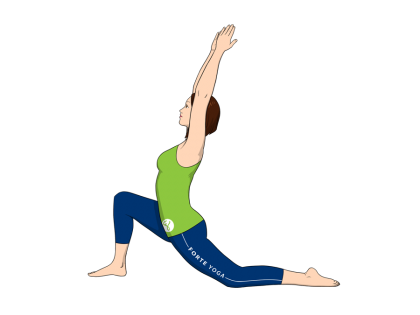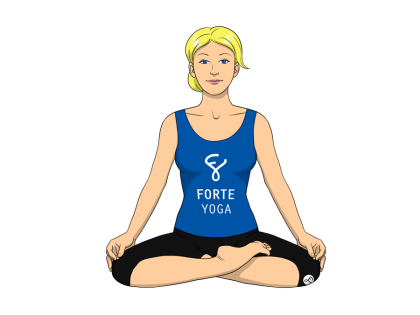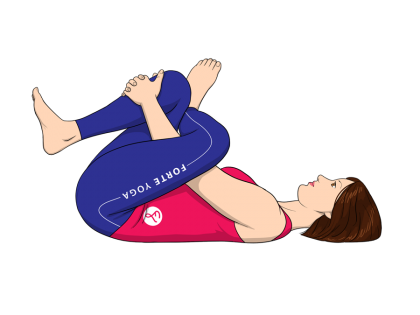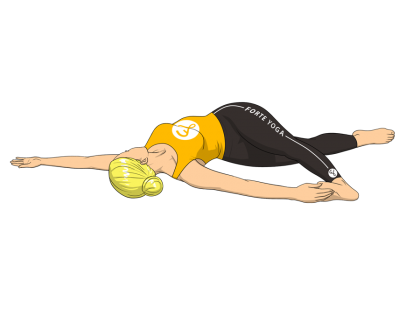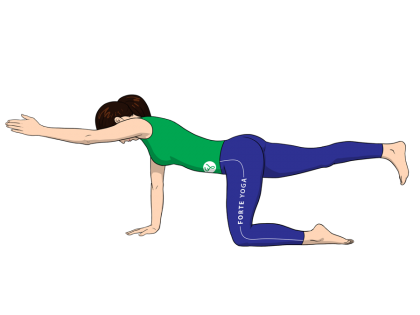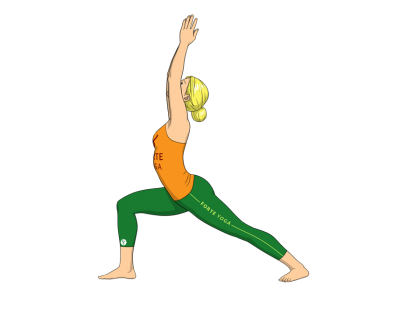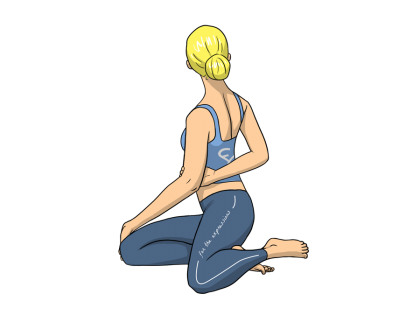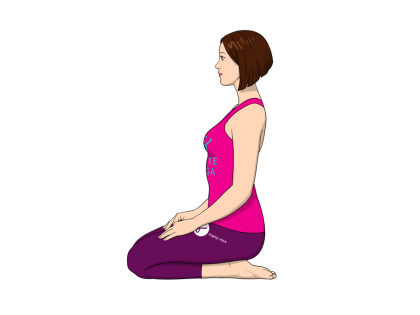Whether you are looking for a fit body, a clear mind or a relaxed soul, yoga may be the perfect ingredient to add to your life. If you are new to the practice, we hope this information can get your journey started smoothly.
5 Principles of Yoga
Proper Exercise(asanas)
Proper Relaxation(savasana)
Proper Breathing(pranayama)
Positive Thinking & Meditation(dhyana)
Proper Diet
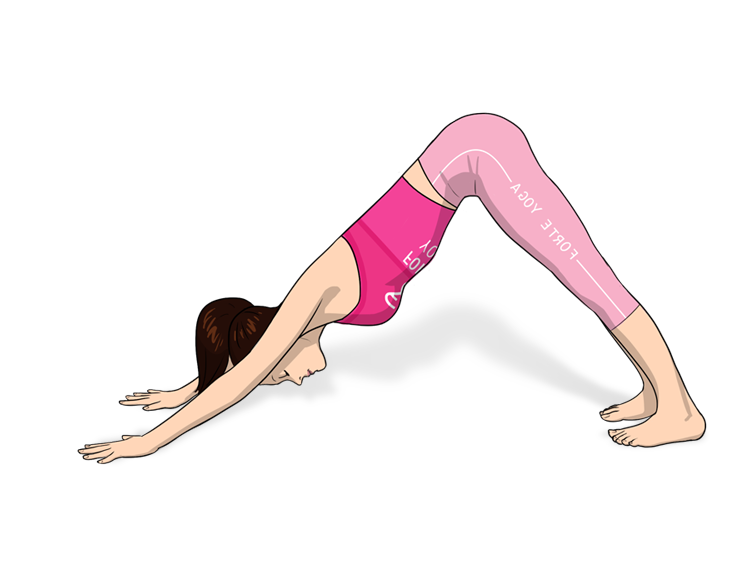
How To Get Started
Choosing a Style of Yoga
Contrary to popular belief, “yoga” is not an all-encompassing term. Like art, which utilizes many different styles and mediums, yoga comes in several forms that derived from centuries-old schools of thought. The potential benefits that are attainable through each style of yoga can vary based on physical, mental and spiritual needs or desires of the individual, so not every form of yoga is suited to every person. If you’re just getting started and don’t know the first thing about which style is for you, it’s best to start with two of the most widely known yoga styles: hatha and ashtanga.
There are many other schools and styles of yoga, each with different focuses: spirituality, discipline, fitness, community, etc. Hatha and ashtanga yoga are both primarily utilized for fitness purposes, so those that are looking for a more spiritual practice may want to look at some of the other traditional yoga styles.
While hatha and ashtanga are both popular starting points, reading up on all of the common yoga styles is the best way to determine which is right for you.

